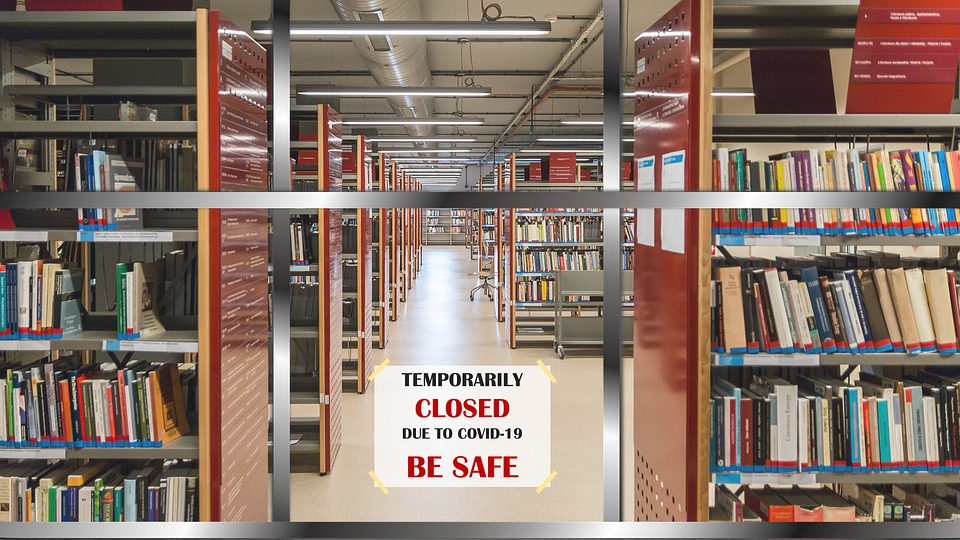Blocking all activities, staying indoors, perhaps was the best way to save the lives of many people in Italy. Yes, because if many lived quaratine as a moment to reflect and dedicate to themselves, it was undoubtedly the necessary means to avoid contagions. The notorious lockdown, confinement, a term that we have learned to use too, is about to end. And apparently, At least that’s what a recent study confirms, it has served to save 45,000 lives. But let’s clarify the various aspects.

Lockdown and the study by an Italian team
A study by a group of researchers from the University of Trento led by Giulia Giordano has confirmed it. Franco Blanchini, Raffaele Bruno, Patrizio Colaneri, Alessandro Di Filippo, Angela Di Matteo and Marta Colaneri are among them. The reference model foresees the course of the pandemic caused by Covid-19 in Italy using the epidemic data. In particular, according to the researchers, the new epidemiological model, called “SIDARTHE”, distinguishes between detected (diagnosed) and undetected (undiagnosed) cases and between different severities of the disease. The researchers considered data from Italy from February 20, 2020 (day 1) to April 5, 2020 (day 46). The progressive restrictions, as well as the lockdown from March 9, would have influenced the spread of the pandemic in the country.
Lockdown containment measures are necessary
The study, also published on Nature Medicine Megazine, highlights how important it is to implement a full lockdown. In fact, this method could allow to save more lives, compared to a less rigorous lockdown. Moreover, the researchers suggest that the use of tests in the notorious phase two it is essential to contain the virus.

The study useful for governments
This research could be useful to start targeted policies between the various countries, aimed at containing contagion. Therefore, lockdown and social distancing are the hallmarks, together with testing and tracking contacts. In fact, the study shows that social distancing is necessary and effective. But only by applying them since the initial stage. These restrictions may be loosen safely only in the presence of widespread tests and contact traceability, says the research.

Doubts about phase 2
Of course, the fear is that by loosening the measures from the start of phase 2, that is from May 4th, the number of deaths could rise. There is talk, in fact, of the risk of reaching 70 thousand deaths within the first year of the epidemic: February 2021. Hence the need for targeted interventions with the presence of widespread tests and contacts traceability to avoid that we can get back in midst of the epidemic by loosening the countermeasures.







